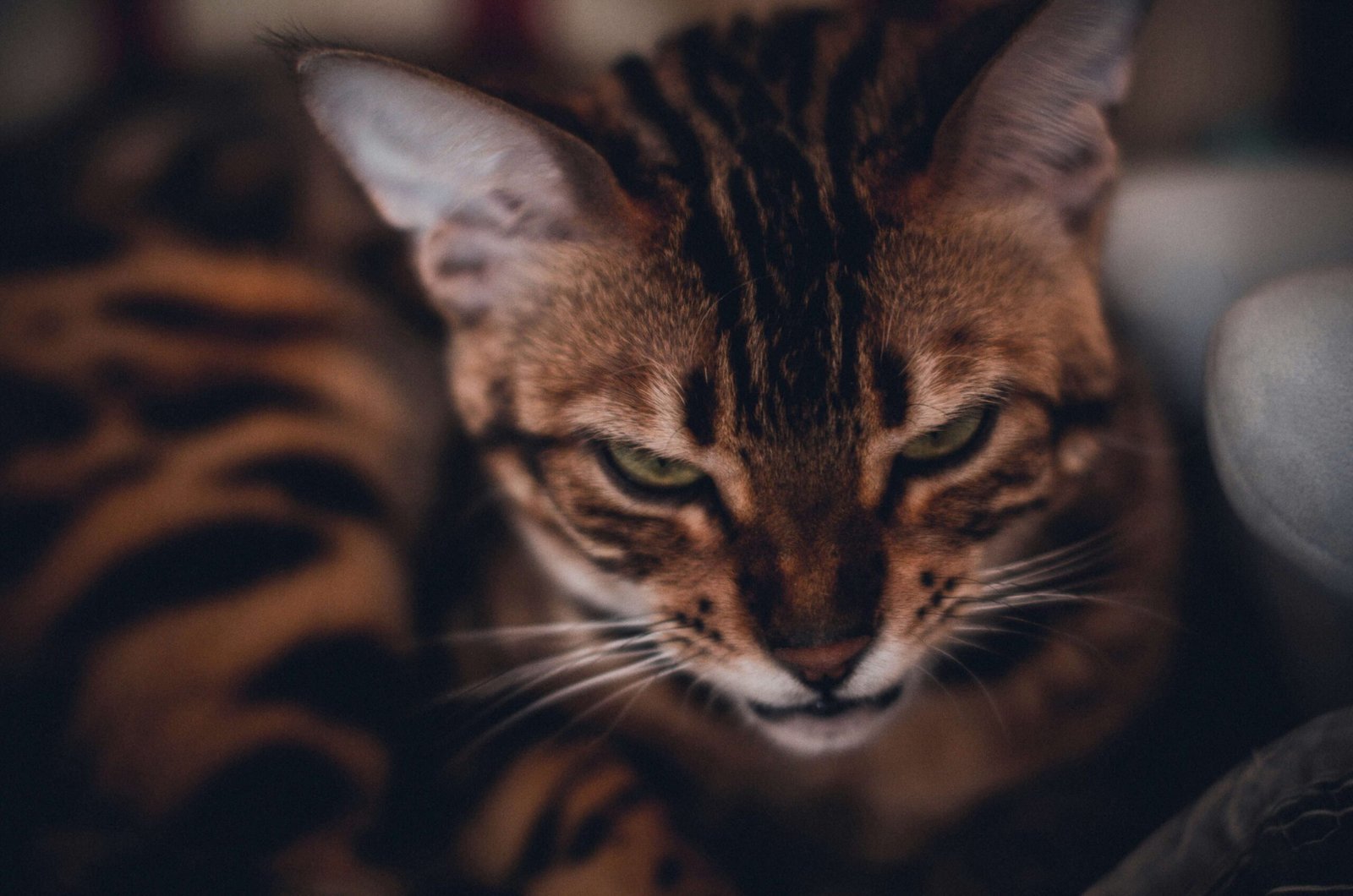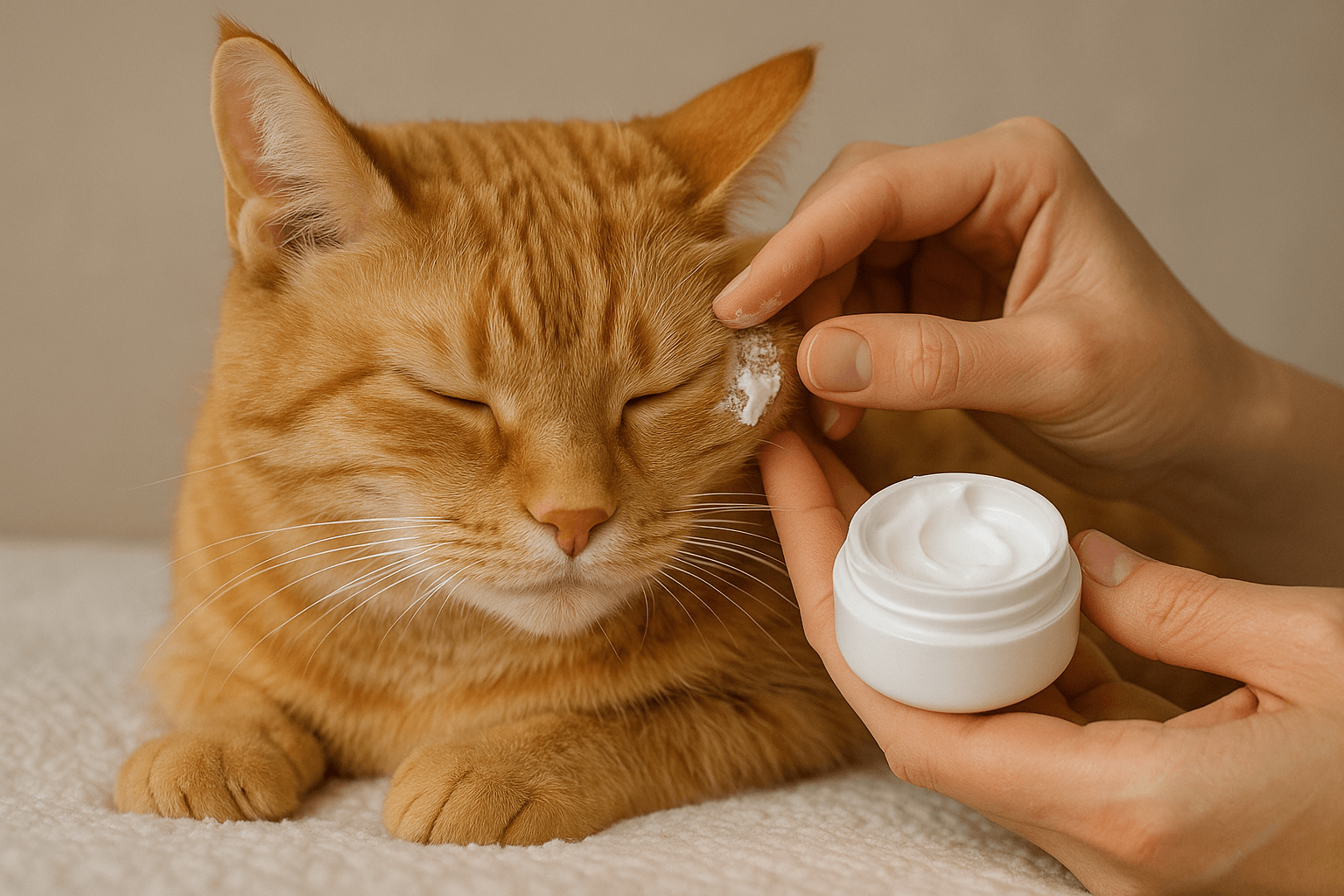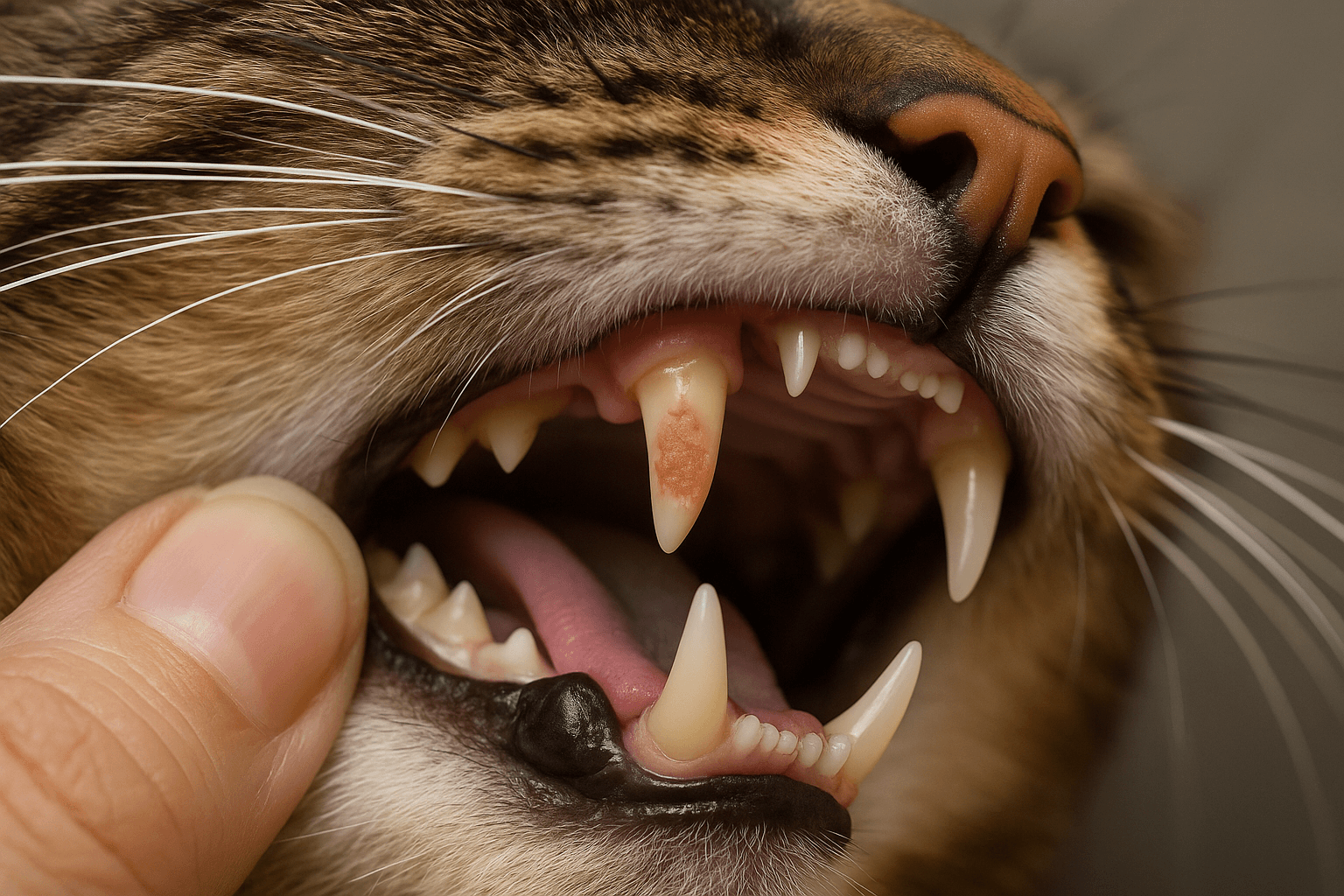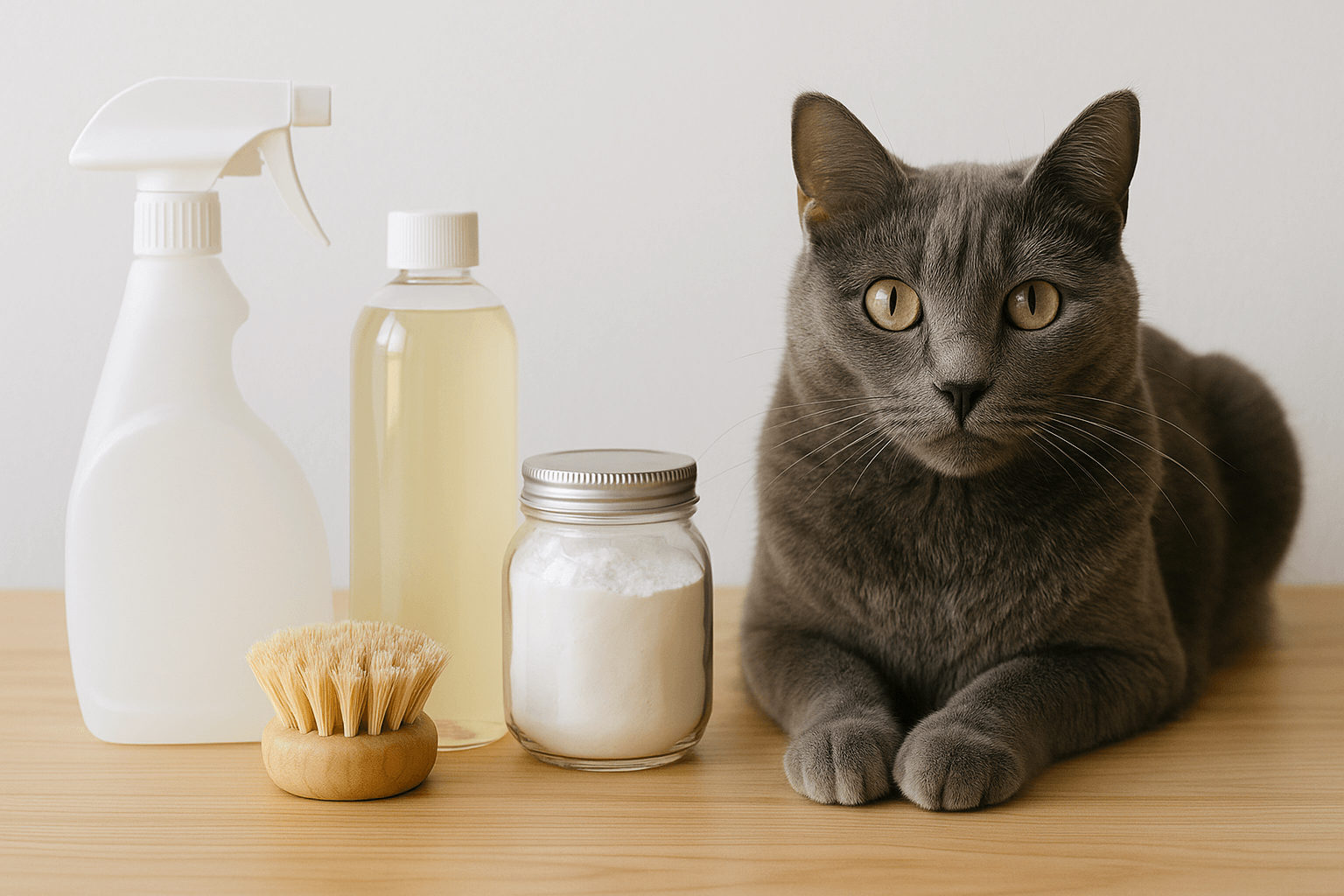Ensuring a Stress-Free Journey: The Role of Cat Sedatives for Travel
Traveling can be an exciting adventure, but for our feline companions, it often brings stress and anxiety. Cats are creatures of habit, and the unfamiliar sights, sounds, and movements during travel can leave them feeling overwhelmed. Whether you’re planning a road trip, a flight, or even a vet visit, ensuring your cat remains calm is essential for their well-being—and yours too. One effective solution that many pet owners turn to is cat sedatives for travel. These medications or natural remedies can help soothe your furry friend and make the journey smoother for everyone involved. Let’s explore how cat sedatives work, their benefits, and what you need to know before using them.
Why Consider Cat Sedatives for Travel?
When preparing for a trip with your cat, it’s important to understand why sedatives might be necessary. Here are some key reasons:
Cats are highly sensitive to changes in their environment, which can lead to extreme stress during travel.
Stress can manifest in behaviors such as excessive meowing, scratching, or even aggression.
Prolonged stress can have negative health effects, including elevated heart rates and suppressed immune function.
Sedatives can help reduce anxiety, making the experience more pleasant for both you and your pet.
A calm cat is easier to handle, especially in situations like airport security checks or long car rides.
Incorporating sedatives into your travel plan can significantly improve your cat’s comfort and safety. Always consult your veterinarian to determine the best approach for your specific situation.
Types of Cat Sedatives for Travel
There are several options available when it comes to calming your cat for travel. Each type has its own advantages and considerations:
Prescription medications prescribed by a vet, such as benzodiazepines or acepromazine.
Natural supplements containing ingredients like chamomile, valerian root, or L-theanine.
Pheromone-based products like sprays or diffusers that mimic calming scents.
Herbal teas or tinctures designed to relax pets without causing drowsiness.
Over-the-counter remedies like CBD oil, which may promote relaxation without heavy sedation.
Choosing the right option depends on your cat’s temperament, the length of the journey, and any underlying health conditions. Discuss these choices with your vet to ensure safe usage.
Check this guide 👉How to Tame a Cat: Best 7 Behavior Tips!
Check this guide 👉Understanding Cat Sedatives: Best 7 Health Tips!
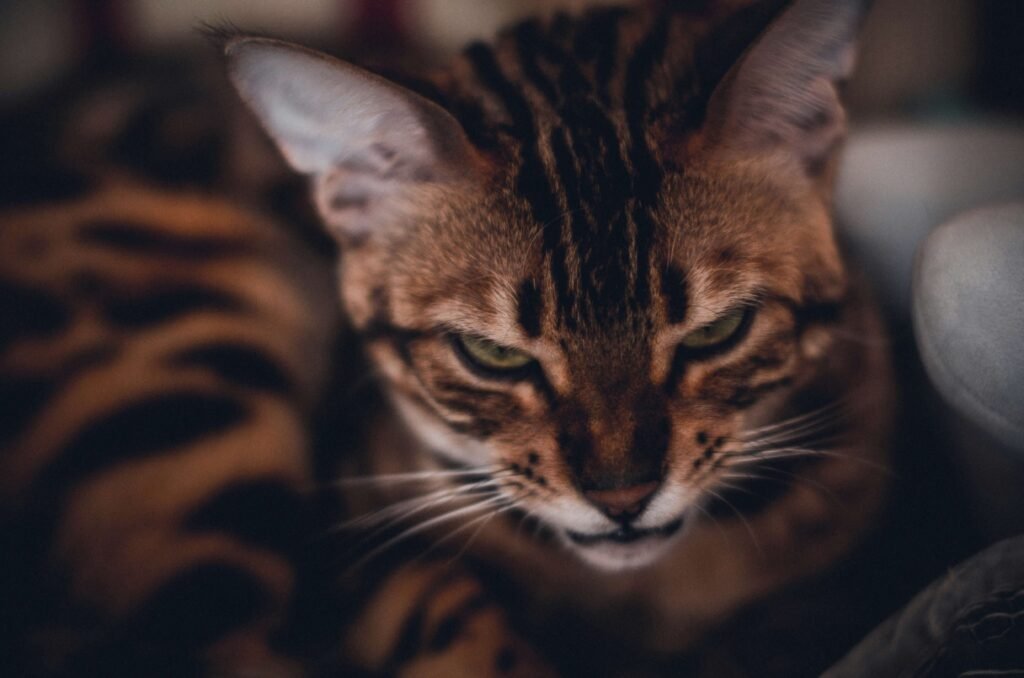
Type of Sedative | Key Benefits |
|---|---|
Prescription Medications | Effective for severe anxiety; fast-acting |
Natural Supplements | Gentle; no risk of dependency |
Pheromone Products | Mimics familiar scents; non-invasive |
Herbal Remedies | Safe for short-term use; minimal side effects |
CBD Oil | Promotes relaxation without heavy sedation |
How to Prepare Your Cat for Travel with Sedatives
Proper preparation is crucial to ensure the sedative works effectively and your cat feels secure throughout the journey. Follow these steps:
Schedule a vet consultation at least two weeks before traveling to discuss sedative options.
Test the sedative at home prior to the trip to observe how your cat reacts.
Create a comfortable travel space with familiar items like blankets or toys.
Avoid feeding your cat heavily before administering the sedative to prevent nausea.
Monitor your cat closely after giving the sedative to ensure there are no adverse reactions.
Taking these precautions will help minimize risks and maximize the benefits of using sedatives during travel.
Potential Risks and Precautions When Using Cat Sedatives
While sedatives can be beneficial, they also come with potential risks that every pet owner should be aware of:
Some cats may experience side effects such as lethargy, vomiting, or disorientation.
Over-sedation can occur if the dosage is incorrect or if multiple products are combined.
Not all sedatives are suitable for every cat, especially those with pre-existing medical conditions.
Sedatives should never replace proper training or acclimatization to travel scenarios.
Always follow your vet’s instructions carefully to avoid complications.
Understanding these risks ensures you make informed decisions about your cat’s care while traveling.
Additional Tips for Calming Your Cat During Travel
Preparing your cat for travel involves more than just administering sedatives. There are several practical steps you can take to ensure their comfort and reduce anxiety naturally:
Gradually acclimate your cat to their carrier by leaving it out at home with the door open.
Place familiar items like their favorite blanket or toy inside the carrier to create a sense of security.
Use positive reinforcement, such as treats or praise, to associate the carrier with pleasant experiences.
Avoid sudden movements or loud noises while handling your cat before and during travel.
Keep the travel environment quiet and calm to prevent unnecessary stress triggers.
By incorporating these practices, you can help your cat feel more at ease without relying solely on sedatives.
Signs That Your Cat May Need a Sedative for Travel
Not all cats require sedatives for travel, but some behaviors indicate that they might benefit from additional calming support. Look out for the following signs:
Excessive vocalization, such as constant meowing or yowling, during car rides or vet visits.
Attempts to escape the carrier or destructive behavior like scratching or biting.
Visible signs of distress, including panting, drooling, or trembling.
Refusal to eat or drink due to heightened anxiety.
Aggressive behavior toward humans or other animals in unfamiliar settings.
If you notice these signs, it may be worth discussing sedative options with your veterinarian to make travel less stressful for your cat.
Alternative Methods to Support Your Cat’s Relaxation
While sedatives are effective, there are alternative methods you can try to help your cat relax during travel. These approaches can complement or even replace medication in some cases:
Play calming music or white noise designed specifically for pets to drown out unsettling sounds.
Use a snug wrap or anxiety-reducing garment to provide gentle pressure and a feeling of security.
Incorporate interactive toys or puzzles to distract and entertain your cat during long journeys.
Try aromatherapy with cat-safe essential oils, such as lavender, to promote relaxation.
Practice short trips regularly to help your cat become accustomed to traveling over time.
These alternatives offer natural ways to support your cat’s emotional well-being and may reduce the need for sedatives in certain situations.
Frequently Asked Questions About Cat Sedatives for Travel
Are cat sedatives safe for all cats?
No, not all cats tolerate sedatives well. Consult your vet to assess your cat’s suitability.
Can I use over-the-counter sedatives without consulting a vet?
It’s strongly recommended to consult a vet first, as improper use can harm your cat.
How far in advance should I give my cat a sedative before traveling?
Timing varies depending on the product; your vet will provide guidance based on the specific sedative.
Will sedatives make my cat completely unconscious?
Most sedatives aim to relax rather than knock out your cat, though this depends on the type used.
What if my cat has a bad reaction to the sedative?
Contact your vet immediately if you notice signs of distress or unusual behavior.
Final Thoughts: Prioritizing Your Cat’s Comfort During Travel
Traveling with a cat doesn’t have to be stressful—for you or your furry companion. By understanding the role of cat sedatives and taking the necessary precautions, you can create a positive travel experience for everyone involved. Remember, the goal isn’t just to calm your cat but to ensure their overall well-being throughout the journey. Always prioritize professional advice from your veterinarian and choose the method that aligns best with your cat’s unique needs. With the right preparation and care, you’ll be ready to embark on adventures together, knowing your feline friend is happy and relaxed every step of the way.
Cat Dry Skin Treatment: Best 7 Expert Tips! Discover effective remedies and expert advice to soothe your cat’s dry skin, restore their coat’s shine, and ensure lasting comfort with simple, actionable solutions.
Understanding Cat Tooth Resorption: Best 7 Expert Tips! Discover causes, symptoms, and treatment options to protect your cat’s dental health and ensure a pain-free life.
Cerebellar Hypoplasia in Cats: Best 7 Expert Tips! Discover expert advice on caring for cats with cerebellar hypoplasia, managing symptoms, and creating a safe, loving environment for your wobbly feline friend.
Cat-Safe Cleaning Products: Best 7 Expert Tips! Discover safe, non-toxic cleaning solutions to protect your cat’s health while keeping your home spotless and fresh.

